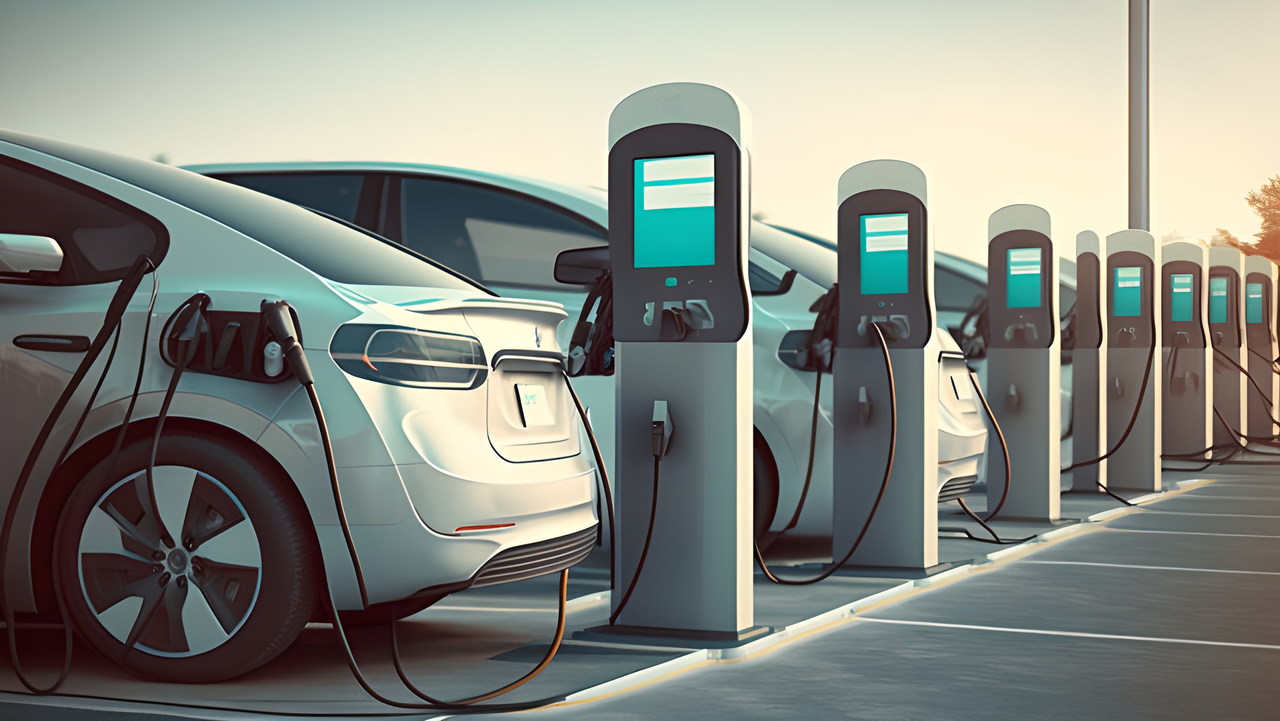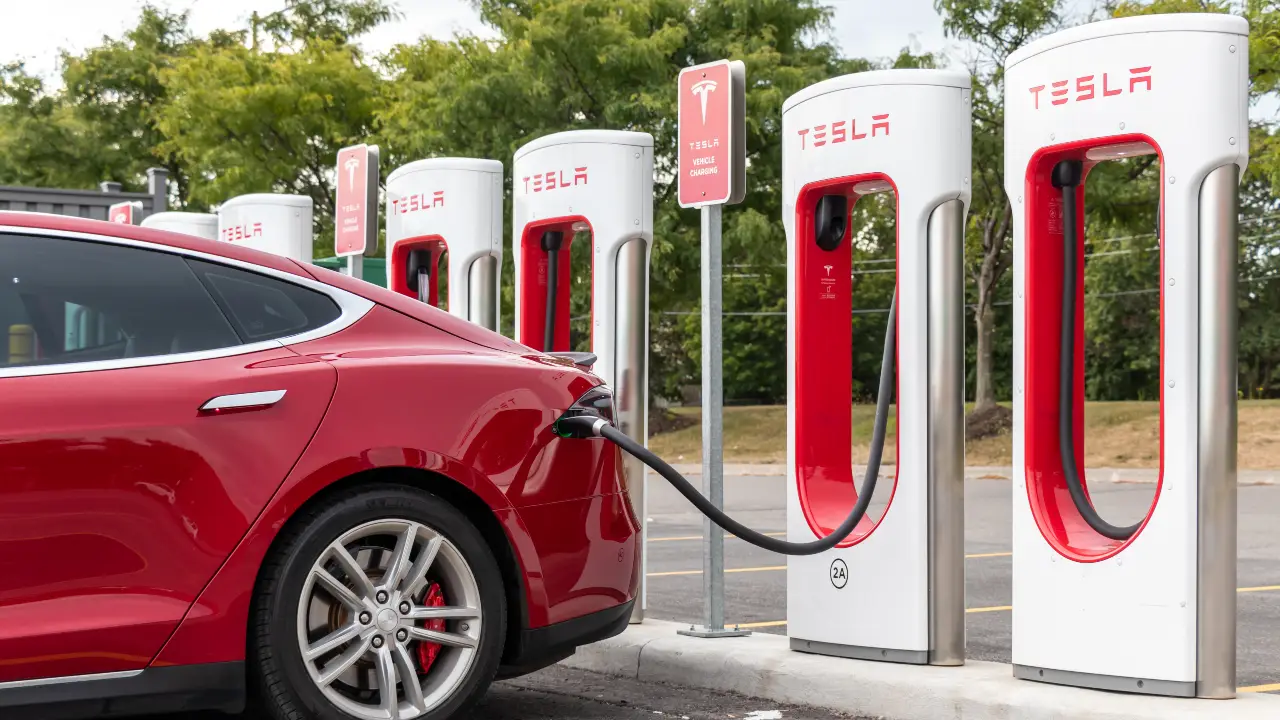The rapid growth of the global electric vehicle market is accelerating investment in charging infrastructure. According to Wood Mackenzie’s analysis, 206.6 million charging points will be installed worldwide by 2040. The total cost of these investments reaches $300 billion.
Electric vehicle charging points will continue to grow
The largest portion of this significant investment consists of charging units installed by users in their own homes. 133 million residential charging points are expected to be operational by 2040. The popularity of this segment stems from its ease of use and lower cost. Level 2 (L2) residential chargers, which currently account for two-thirds of charging points worldwide, are expected to maintain this position until 2050.

Meanwhile, the number of charging points per vehicle in public infrastructure will decrease. While there were an average of 7.5 vehicles per charger in 2025, this ratio will rise to 14.2 vehicles by 2040. This increases the importance of home-based solutions and poses the risk of congestion in public networks.
Asia-Pacific leads global deployment. While China maintains its central position in public charging investments, the fast DC charging (L3) segment is experiencing 10 percent annual growth. $54 billion in investment is expected in this segment by 2040. India is the region’s rising star. Currently, there are 14,000 fast charging points, projected to reach 1.1 million by 2040 thanks to government incentives and the growth of the domestic market.
In the US, the public fast DC charging segment is prominent. It is expected to grow 14 percent annually between 2025 and 2040, reaching 475,000 charging points and creating an annual market of $3.3 billion. In Europe, public DC infrastructure is driving growth with a 13.7 percent annual increase. Furthermore, 57 million home AC chargers are coming into service.
In the Middle East, Saudi Arabia stands out with its high annual growth of 29 percent, in line with its long-term infrastructure goals. It is estimated that by 2040, $14 billion will be spent annually on public infrastructure and $30 billion on residential solutions in the Europe, Middle East and Africa (EMEA) region.













